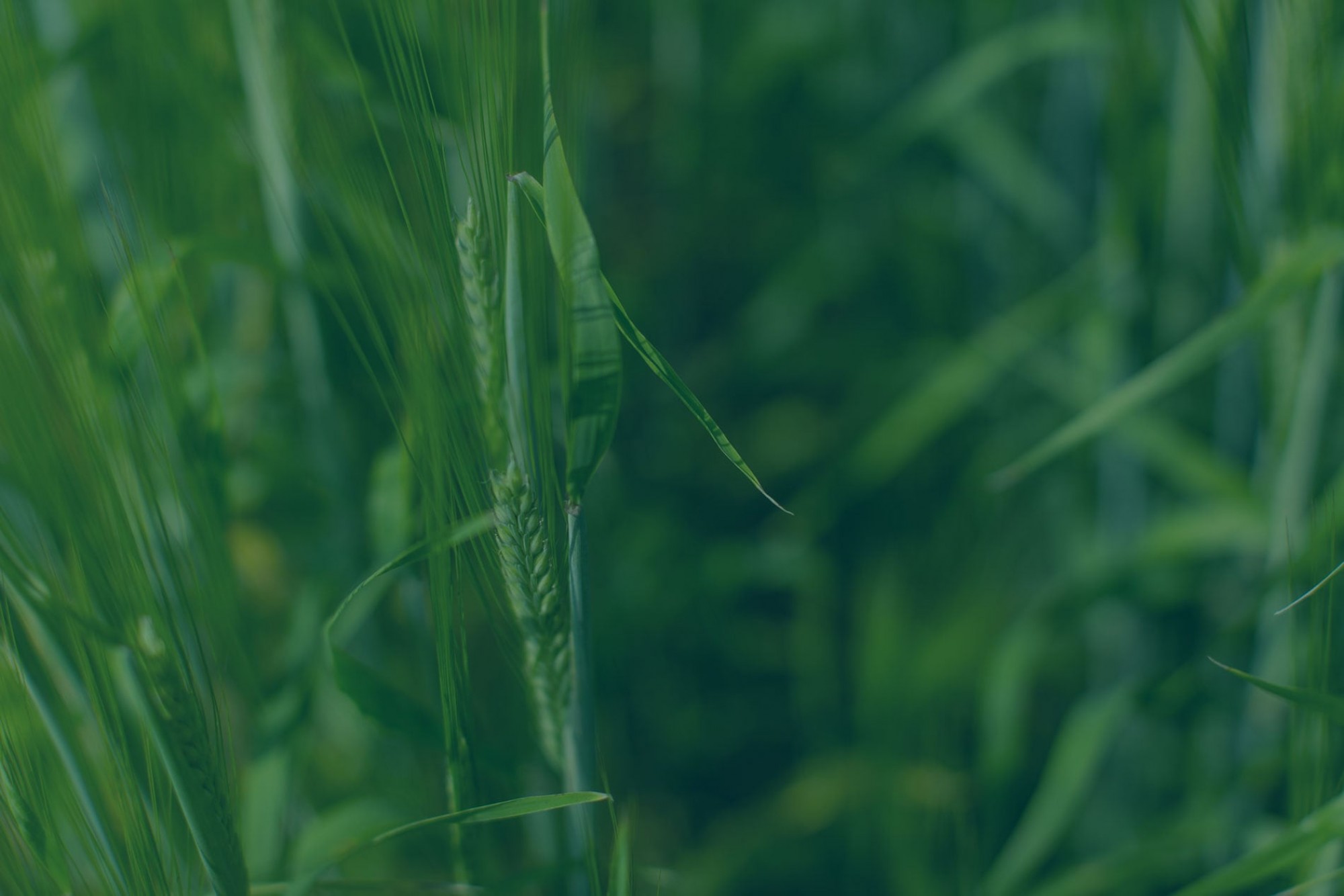Agronomy quiz - Soil fertility
Challenge your agronomy and fertilizer knowledge with this short quiz our Agronomy team put together!
The answers are below.
Take the quizANSWERS
1. Which of the following nitrogen sources is the safest to be seed-placed?
A. Urea
B. SuperU
C. ESN
D. Anhydrous ammonia
Answer: C. ESN has a polymer coating that ensures slow release of nitrogen, making it safer as a seed-placed N fertilizer.
Seed-placed urea, when used above the safe rate, can cause fertilizer injury in two ways: ammonia toxicity and salt injury. Same goes for anhydrous ammonia. More information here.
SuperU is treated with NBPT (urease inhibitor) and DCD (nitrification inhibitor). DCD has phytotoxicity, making it unsuitable to be seed-placed (side-banding SuperU reduces toxicity risks).

Image source: Alberta Grains Wheat Production Manual - Chapter 9
2. The phosphorus uptake from a 60 bu/ac wheat crop at 13% protein is 40-45 lb/ac P2O5. Among the total phosphorus uptake, how much P is removed by the grains?
A. 10-20 lb/ac
B. 20-30 lb/ac
C. 30-35 lb/ac
D. 35-40 lb/ac
Answer: C. 30-35 lb/ac. That means about 10 lb/ac P2O5 is returned to the soil if the stubble is retained on the soil. Source:
3. No-till or conservation tillage systems are beneficial to conserving soil moisture, which helps mitigate drought damage. According to Alberta research, the soil loses ______ of water with each tillage pass.
A. Less than 0.5 inch
B. 0.5 to 1 inch
C. 1 to 1.5 inch
D. 1.5 to 2 inch
Answer: B. 0.5 to 1 inch. According to Ross McKenzie, retired soil scientist of Alberta Agriculture and Irrigation, “You lose a half to an inch of water with each tillage pass”. For more information on soil moisture management, see Understand crop water use to guide management. (See: Understand crop water use to guide management.)

